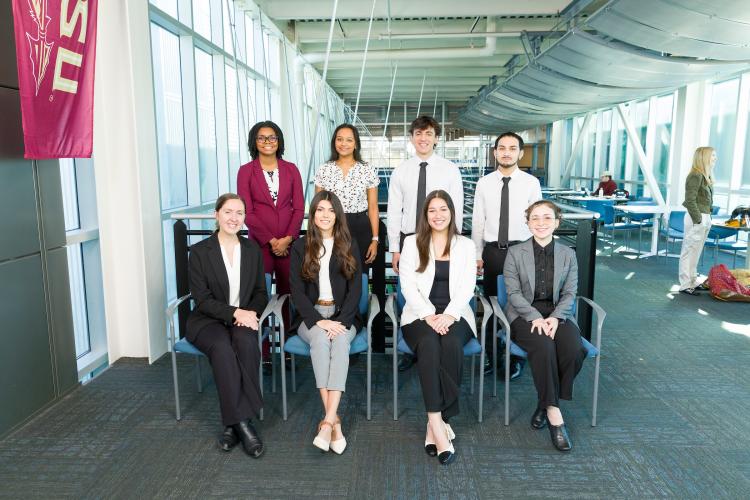
Cisplatin is effective for cancer treatment, but nephrotoxicity severely limits its clinical application, leading to acute kidney injury (AKI). We aimed to establish an advanced in vitro model to investigate how Nuclear factor erythroid 2-related factor 2 (Nrf2) activators, such as sulforaphane, protected against cisplatin-induced nephrotoxicity. We cultivated HK-2 human proximal tubular epithelial cells on microcarriers in the BioFlo®/CelliGen® 115 bioreactor, creating a three-dimensional environment closely mimicking renal tubular epithelium.
Our experimental design included three groups: a control group, a nephrotoxicity group exposed to cisplatin (10 µM) and a treatment group where we introduced Nrf2 activators to counteract cisplatin-induced damage. We planned to measure key nephrotoxicity markers, including cell viability, reactive oxygen species (ROS) production and apoptosis, through assays such as MTT, DCFDA and Caspase-3. We used predictive mathematical models, including exponential and logistic growth, to analyze cell proliferation and viability data.
The results highlighted the bioreactor system’s scalability, reproducibility and cost-effectiveness while demonstrating Nrf2 activators’ potential in reducing oxidative stress and apoptosis. Our study provided a robust platform for evaluating kidney protective therapies, contributing to strategies for preventing cisplatin-induced AKI and improving outcomes for cancer patients undergoing chemotherapy.
